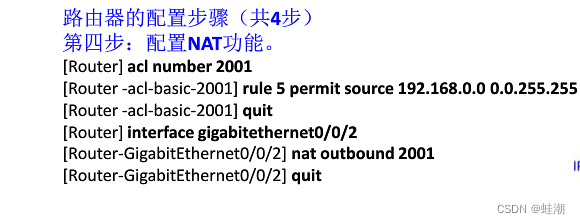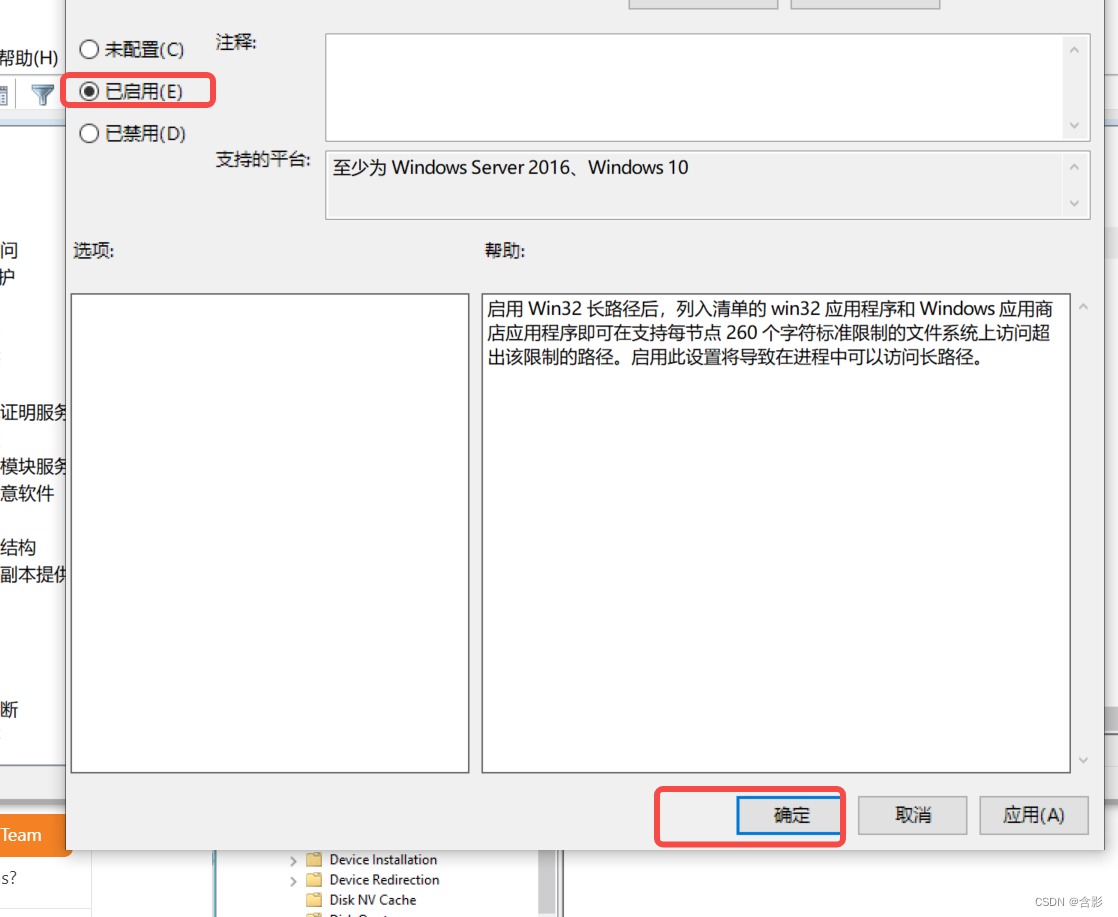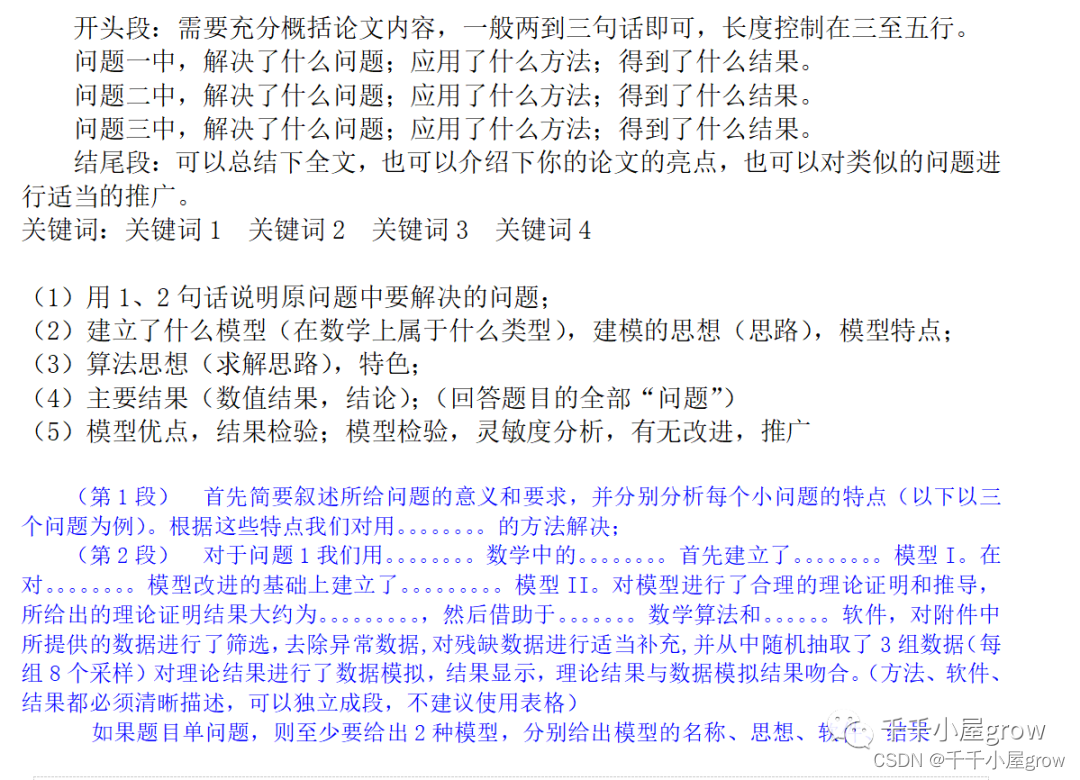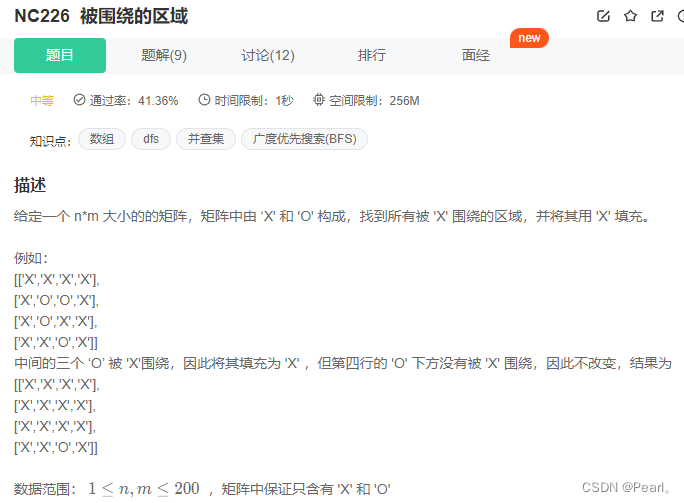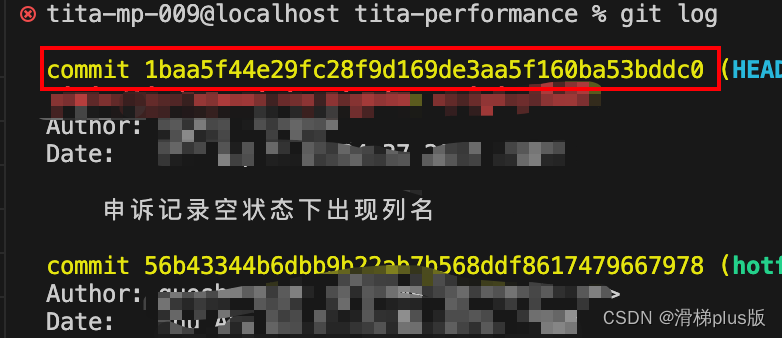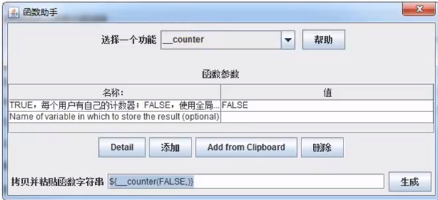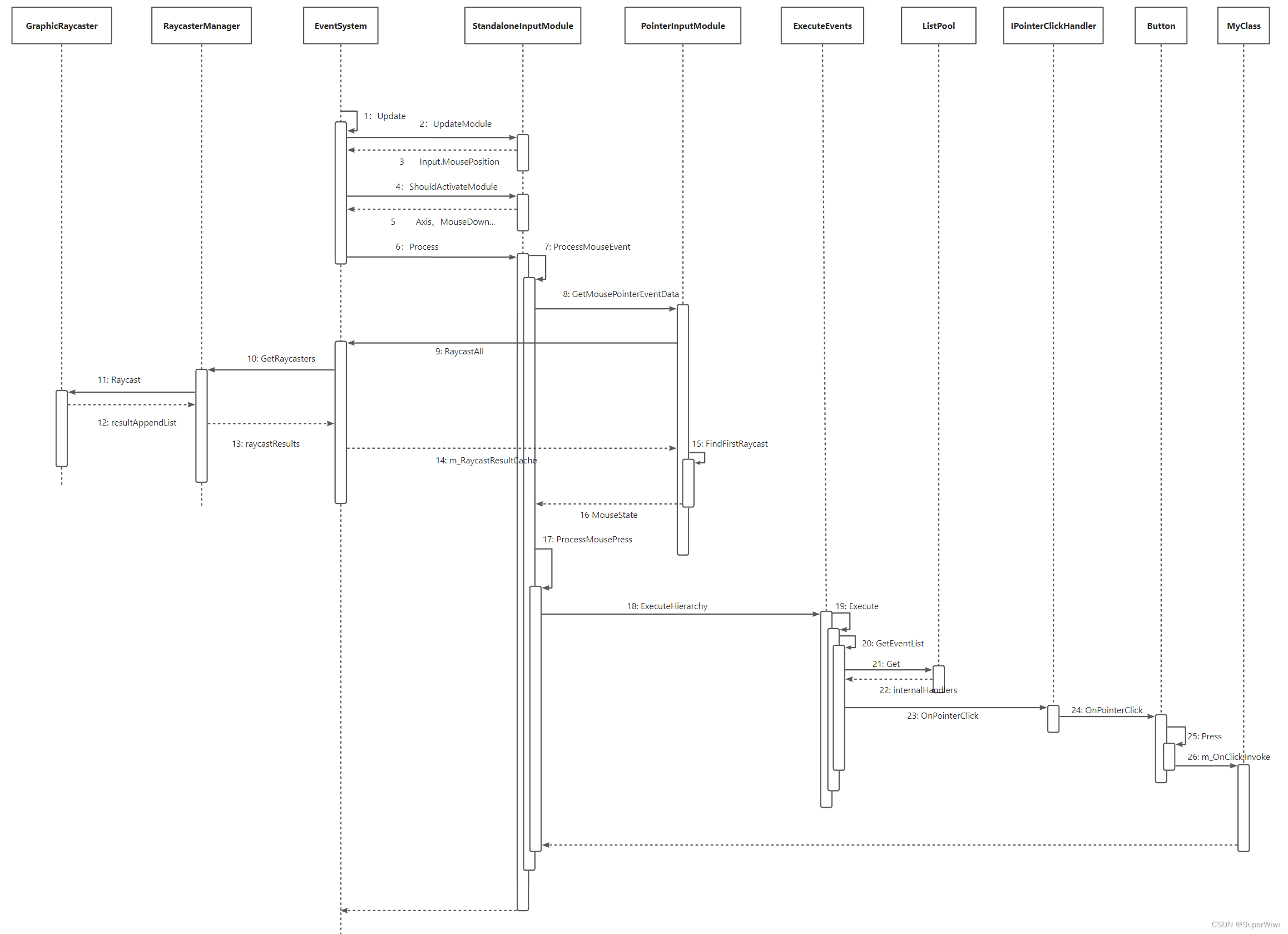目录
1.异常的概念与体系结构
1.1异常的体系结构
1.2异常的举例
1.3错误的举例
2.异常的分类
2.1编译时异常
2.2运行时异常
3.异常的处理
3.1异常的抛出throw
3.2try-catch捕获并处理
3.3finally
3.4 异常声明throws
4.自定义异常类
1.异常的概念与体系结构
1.1异常的体系结构


从上图中可以看到:
1. Throwable : 是异常体系的顶层类,其派生出两个重要的子类 , Error 和 Exception2. Error : 指的是 Java 虚拟机无法解决的严重问题,比如: JVM 的内部错误、资源耗尽等 ,典型代表: StackOverflflowError 和 OutOfMemoryError ,一旦发生回力乏术。3. Exception : 异常产生后程序员可以通过代码进行处理,使程序继续执行。比如:感冒、发烧。我们平时所说 的异常就是Exception 。
1.2异常的举例
public static void main(String[] args) {System.out.println(10/0);}运行结果及分析:

补充:

(2)数组越界异常
public static void main(String[] args) {int[] arr = {1, 2, 3,4,5};System.out.println(arr[10]);}public static void main(String[] args) {int[] arr = null;System.out.println(arr.length);}1.3错误的举例
StackOverflflowError
public class Text2 {public static void fun(){fun();}public static void main(String[] args) {fun();}
}执行结果:

2.异常的分类
2.1编译时异常

理解:
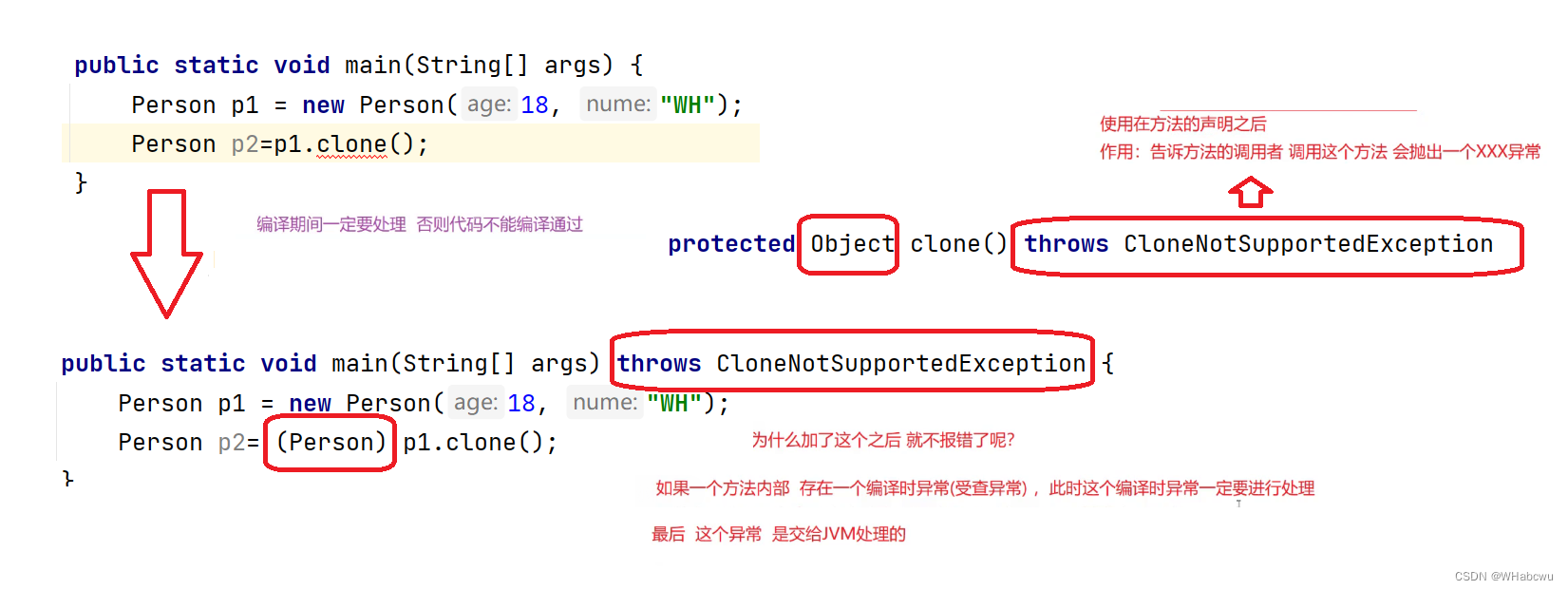
正确完整代码:
public class Text3 {public static void main(String[] args) throws CloneNotSupportedException {Person p1 = new Person(18, "WH");Person p2= (Person) p1.clone();}
}public class Person {int age;String nume;public Person(int age, String nume) {this.age = age;this.nume = nume;}@Overrideprotected Object clone() throws CloneNotSupportedException {return super.clone();}
}2.2运行时异常
3.异常的处理
在Java中,异常处理主要的5个关键字:try、catch、final、throw、throws。

3.1异常的抛出throw
throw new XXXException ( " 异常产生的原因 " )
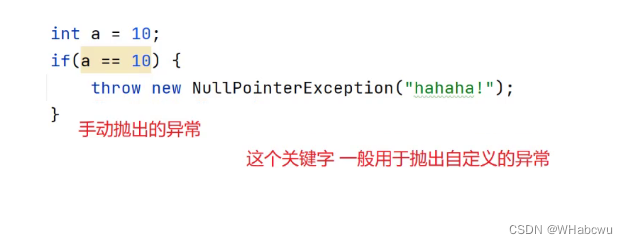
运行结果:
Exception in thread "main" java.lang.NullPointerException: hahaha
(1) throw 必须写在方法体内部(2)抛出的对象必须是 Exception 或者 Exception 的子类对象(3) 如果抛出的是 RunTimeException 或者 RunTimeException 的子类,则可以不用处 理, 直接交给JVM来处理(4)如果抛出的是编译时异常,用户必须处理,否则无法通过编译(5)异常一旦抛出,其后的代码就不会执行
对于(3)(5)举例:
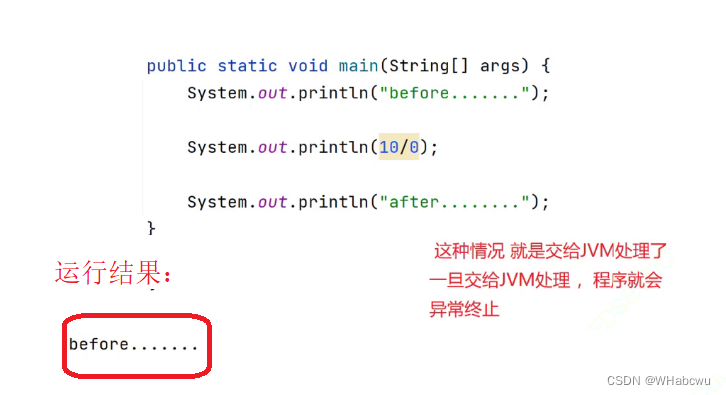


3.2try-catch捕获并处理
语法形式:
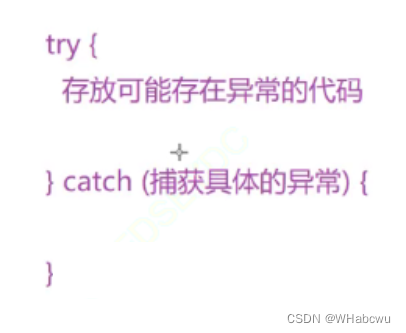
public static void main(String[] args) {try{System.out.println(10/0);System.out.println(100);}catch (ArithmeticException e){e.printStackTrace();}}运行结果:
java.lang.ArithmeticException: / by zero
(2)如果抛出异常类型与catch时异常类型不匹配,即异常不会被成功捕获,也就不会被处理,继续往外抛,直到 JVM收到后中断程序----异常是按照类型来捕获的
public static void main(String[] args) {try {System.out.println(10/0);} catch (NullPointerException e) {System.out.println(10);}}运行结果:
Exception in thread "main" java.lang.ArithmeticException: / by zero
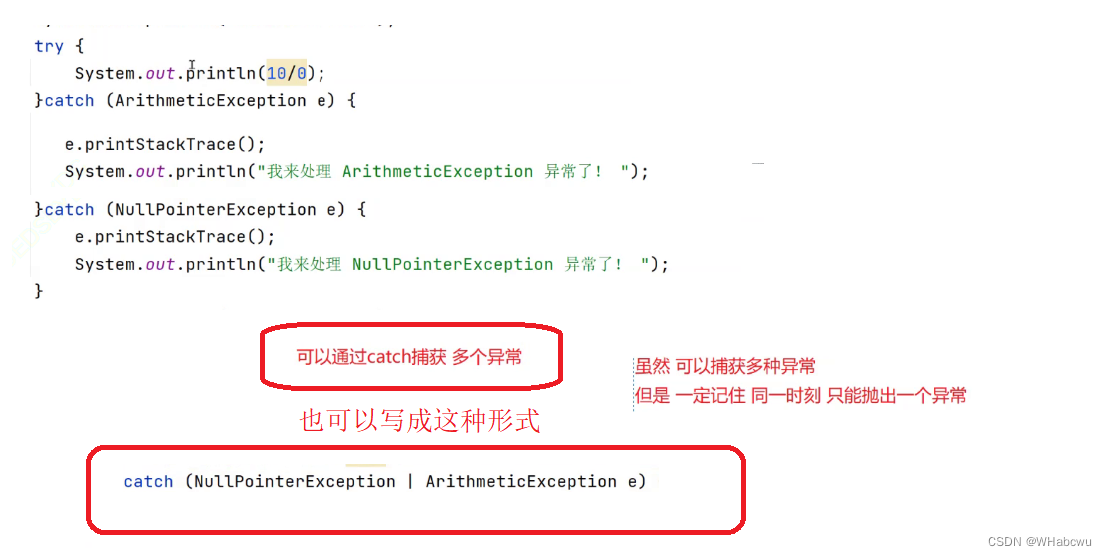
(4)如果异常之间具有父子关系,一定是子类异常在前catch,父类异常在后catch,否则语法错误
(5)可以通过一个catch捕获所有的异常,即多个异常,一次捕获(不推荐)
3.3finally
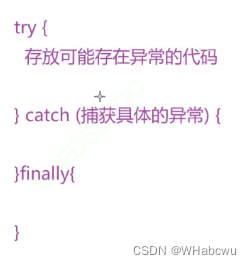
finally 执行的时机是在方法返回之前 (try 或者 catch 中如果有 return 会在这个 return 之前执行 fifinally). 但是如果 finally 中也存在 return 语句 , 那么就会执行 fifinally 中的 return, 从而不会执行到 try 中原有的 return.一般我们不建议在 finally 中写 return ( 被编译器当做一个警告 )
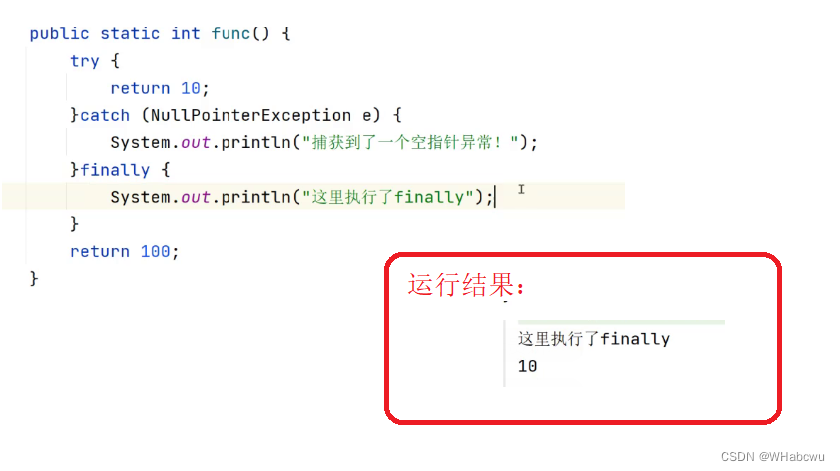
3.4 异常声明throws
语法格式:
修饰符 返回值类型 方法名 ( 参数列表 ) throws 异常类型 1 ,异常类型 2 ...{}注意:
如果方法是main方法调用者仍然可以不处理异常,借助throws将异常抛 给JVM来处理。
1. throws 必须跟在方法的参数列表之后2. 声明的异常必须是 Exception 或者 Exception 的子类3. 方法内部如果抛出了多个异常, throws 之后必须跟多个异常类型,之间用逗号隔开,如果抛出多个异常类型 具有父子关系,直接声明父类即可。4.我们在使用throws时,要明确声明的异常是编译时异常还是运行时异常。
比如:
(1)
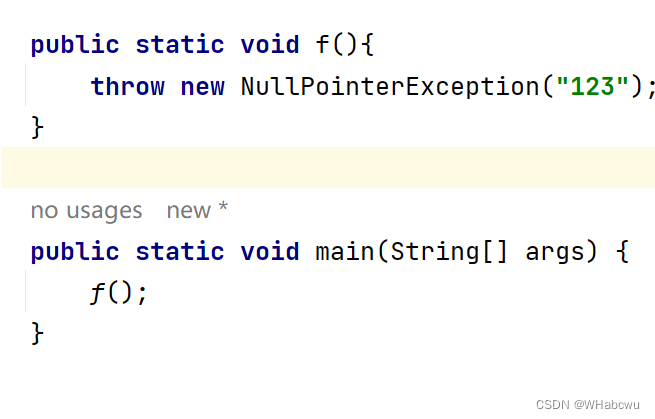
(2)
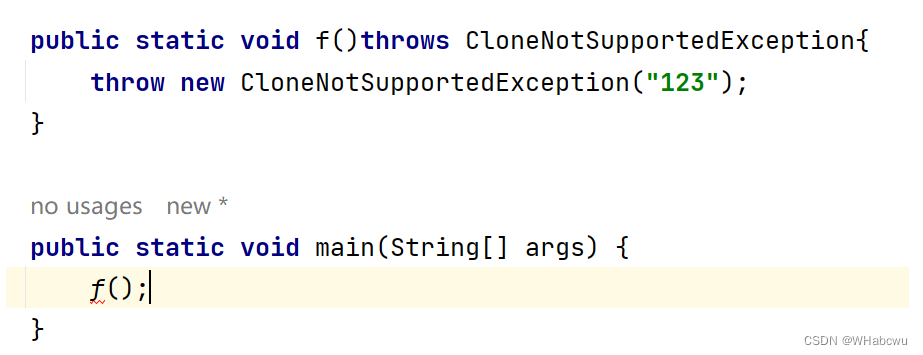
如果是 运行时异常调用者不处理异常也没关系,JVM会处理。
但如果是编译时异常一定要处理异常
处理方式:(1)try-catch捕获并处理
(2)借助throws将异常抛 给JVM来处理。

4.自定义异常类
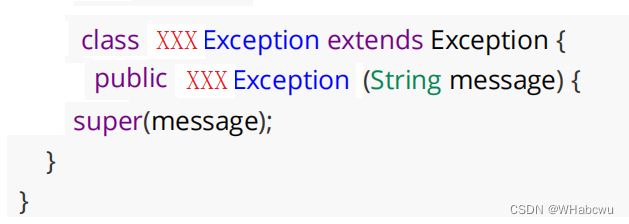
定义Course类,Course包含private String cno,private String cname,private int credit,Course包括方法:public Course(),public Course。Define CreditException类扩展(继承) 在RunTimeException中,CreditException包含以下方法:public CreditException()、public CreditException(String Message)。
如果课程的学分低于0.5或高于6,则课程的构建方法将抛出CreditException,消息为“学分应在0.5和6之间!”。
定义公共类TestCourse,创建一个Course对象,并使用try/catch块来处理CreditException。
import java.util.Scanner;public class LogIn {public static void main(String[] args) {Scanner scanner=new Scanner(System.in);System.out.println("请输入cno");String cno=scanner.next();System.out.println("请输入课程名字");String cname=scanner.next();System.out.println("请输入学分");double credit=scanner.nextDouble();Course course=new Course(cno,cname,credit);try {if(!(course.getCredit()>=0.5&&course.getCredit()<=6)){throw new CreditException("课程的学分应在0.5到6之间");}else{System.out.println("输入成功学分为:"+course.getCredit());}} catch (Exception e) {// TODO Auto-generated catch blocke.printStackTrace();}}
}class Course{private String cno;private String cname;private double credit;public Course(String cno, String cname, double credit) {this.cno = cno;this.cname = cname;this.credit = credit;}public Course() {}public String getCno() {return cno;}public void setCno(String cno) {this.cno = cno;}public String getCname() {return cname;}public void setCname(String cname) {this.cname = cname;}public double getCredit() {return credit;}public void setCredit(double credit) {this.credit = credit;}}
class CreditException extends RuntimeException{public CreditException(String message){super(message);}
}注意事项
- 自定义异常通常会继承自 Exception 或者 RuntimeException
- 继承自 Exception 的异常默认是受查异常
- 继承自 RuntimeException 的异常默认是非受查异常
以上为我个人的小分享,如有问题,欢迎讨论!!!
都看到这了,不如关注一下,给个免费的赞 ![]()

